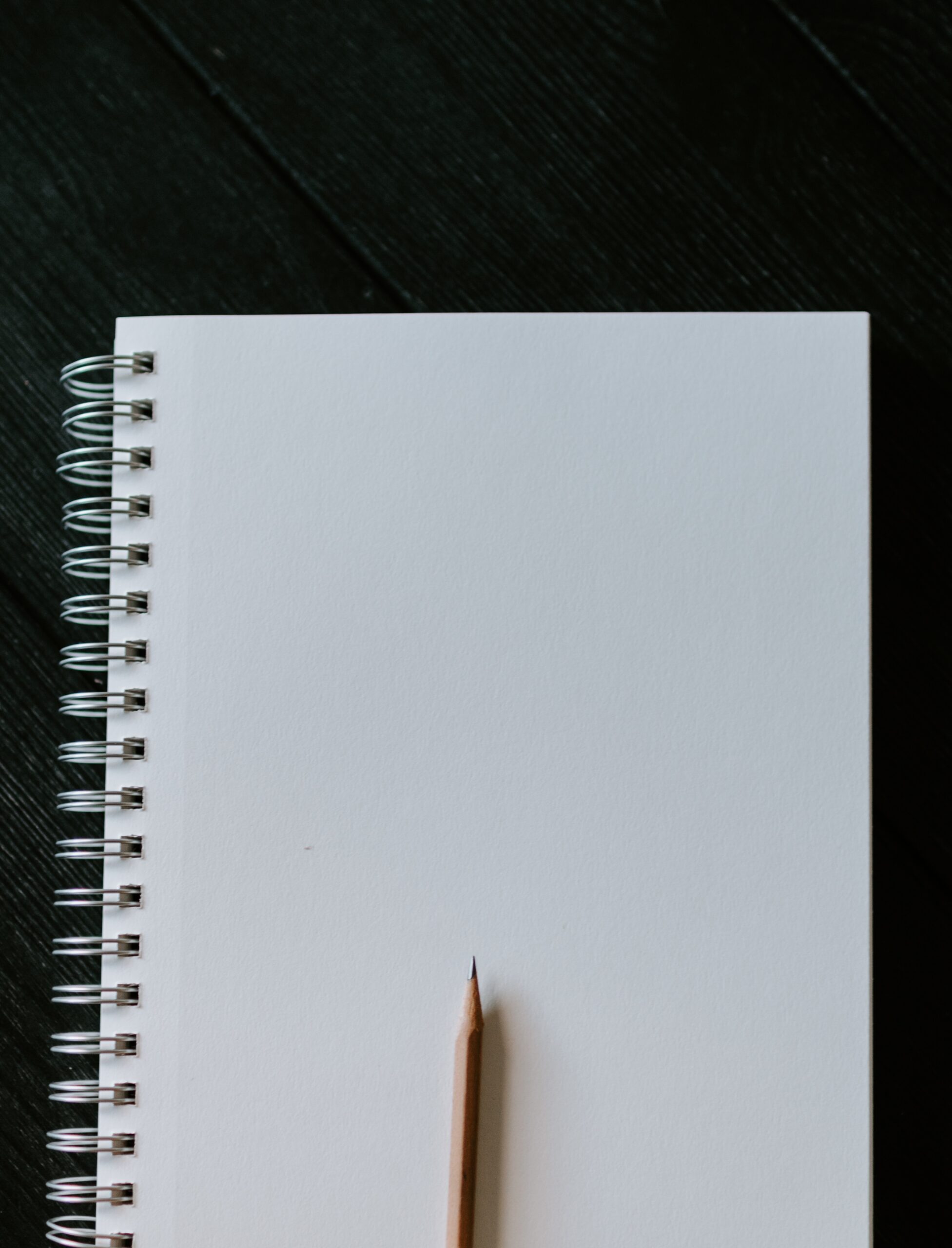Using drawing as part of the AIR Network to share information

This case study is part of the SEI Urban Toolbox for Liveable Cities which has been developed by the SEI Initiative on City Health and Wellbeing. The Urban Toolbox is a collection of tools, developed within SEI or in coordination with SEI, aimed at supporting planning and decision-making for improving the health, well-being and resilience of city residents and urban systems more broadly.
This case study demonstrates how creative drawing approaches can be used to share information.
Summary
Creative drawing approaches can be a good way of conveying experiences, and were used in the Tupumue project, which explored lung health in young people in Mukuru and neighbouring Buruburu, Kenya. Louis Netter, University of Portsmouth, was one of the Tupumue team and he did some drawings from his trip:
The following drawings are from a recent trip to Nairobi to work on a research project called Tupumue which explores lung health in 5-18 year olds living in the Mukuru slum and in a neighbouring precinct. Mukuru is a vast informal settlement of over 500,000 residents that was established in the 1970’s with rural to urban migration. It is surrounded by heavy polluting industries and residents cook with Kerosene, coal, wood and gas within small dwellings that are often without proper ventilation. A myriad of other problems plague the slum such as limited access to clean water, overcrowding, poor sanitation and waste removal and soil erosion to name a few. These are some of the world’s poorest people and their children are highly vulnerable.
I was aware of the total inappropriateness of photography and also of its inherent limitations. Fixing this reality was not possible. It could not be contained in the photograph. The drawing however, as evocative and subjective as it is, is a container. It doesn’t fix reality, it extends it. It doesn’t declare or attest, it reaches out. It invites the viewer to share in a vision. To trace the vision of the artist, to commune with the act of looking. Looking at drawing is a participatory act. Unlike photography, we connect to the idiosyncrasies of the artist’s hand and the limitations of vision. Its imperfections make it the best approximation of an imperfect world.
Drawings can be found on his blog “Drawing in Nairobi”.
Drawings were also used in this project to understand young people’s experiences of lung health and air pollution, through facilitated sessions in classrooms. This allowed collection of large amounts of qualitative data about their experiences.
(0) Comments
There is no content